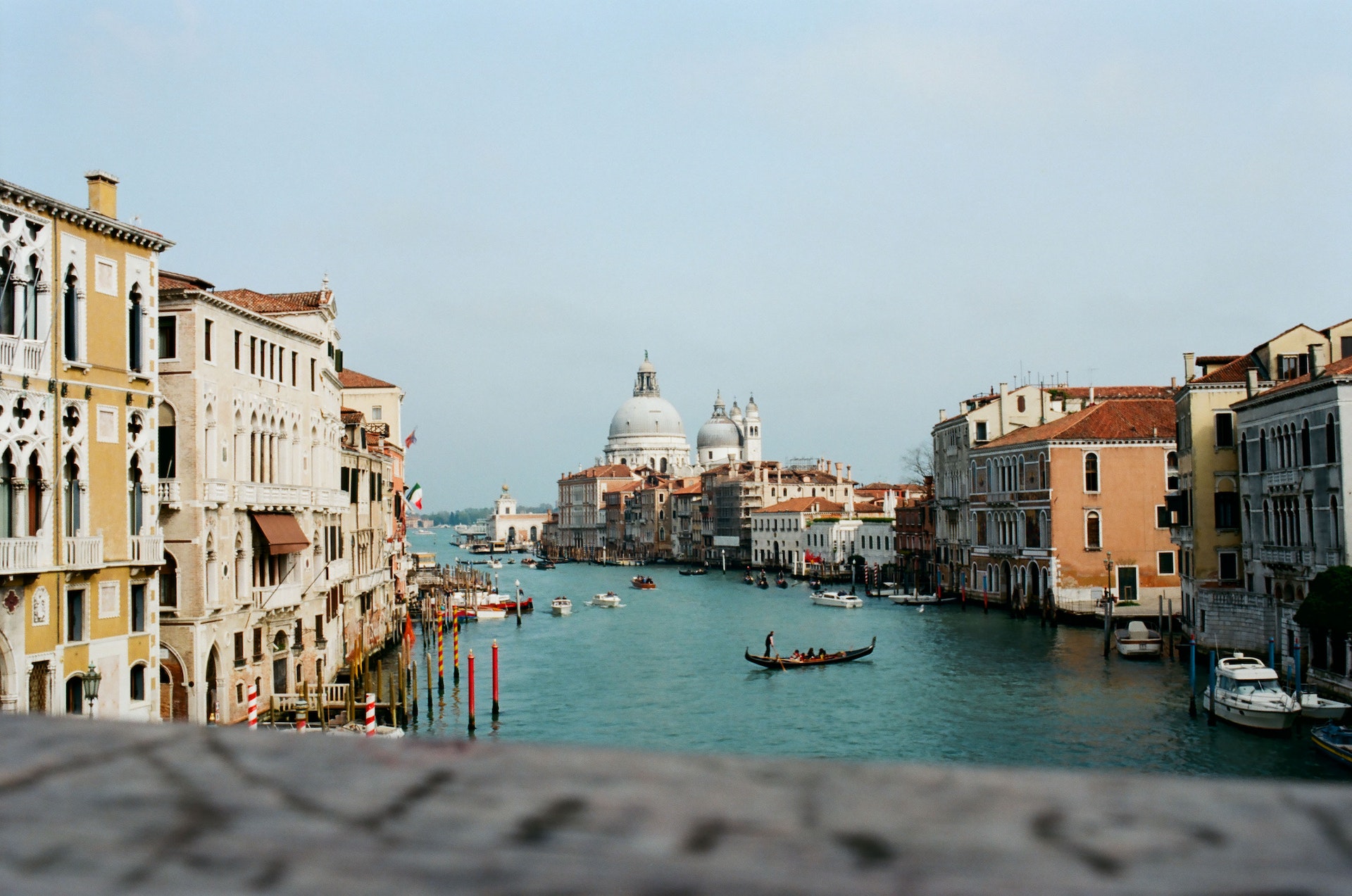PARIS – As summer sun glistens over Europe’s iconic rivers, the long-standing taboo surrounding the water quality of the Seine in Paris, the Thames in London, and the Spree in Berlin is facing its most formidable challenger yet – technology.
Historical records of the “The Great Stink” in London during 1858 still linger in the minds of many, reminding us of a time when the Thames was a cesspool. Fast forward to the 21st century, and Europe’s historical cities grapple with similarly significant water challenges, albeit under the shadow of another menace: climate change.
The EU is stepping up, funding an innovative project that aims to revive Europe’s waterways. Spearheaded by urban water management expert, Nicolas Caradot, digital-water.city is a multidisciplinary initiative leveraging digital solutions to redefine water quality standards and tackle the sewage overflow menace.
One might ask, why the urgency? As Caradot points out, “Europe’s urban water systems are screaming for a modernisation wave.” This is especially pertinent as climate change exacerbates sewage spillages, leading to increased overflows and subsequently, water pollution. The recent floods that wreaked havoc in Germany and Belgium underscored the dire need for updated water infrastructure.
But how does one modernise century-old infrastructure intertwined with the urban maze of some of Europe’s most historic cities?
In the heart of Bulgaria, Sofia’s vast underground sewer network serves as a complex labyrinth, a challenge that scientists have embraced. Through the deployment of temperature sensors at multiple locations, real-time monitoring of the sewage system has become possible. These sensors, detecting minute temperature variations, alert authorities during overflows, painting a clear picture of the water situation beneath Sofia’s streets. As Sofia grapples to align with EU water regulations, these technological innovations might just be the lifeline the city needs.
Across the continent, Paris dreams of reliving its past – a time when Parisians swam freely in the Seine. With the 2024 Summer Olympics and Paralympics on the horizon, the dream might soon become reality. Scientists have deployed sensor-laden buoys that measure bacterial concentration in real-time. Gone are the days of tedious lab testing. The data, combined with advanced algorithms, is set to power a mobile application to notify users of safe swimming conditions in real-time.

In an age where the term “smart city” is becoming clichéd, Europe’s waterways are undergoing a genuine technological renaissance. The battle against sewage and the restoration of Europe’s rivers isn’t just a testament to human ingenuity but also showcases the undying spirit of communities and cities. As more cities adopt these smart solutions, we edge closer to a future where clean urban waterways aren’t just a luxury, but a given.
The tale of Europe’s rivers is, after all, a tale of resilience, hope, and the promise of technology. The journey from the “Great Stink” of the 19th century to the technologically-advanced water systems of the 21st century is a testament to humanity’s enduring spirit to adapt, innovate, and thrive.
©globalgreenhouse.eu

